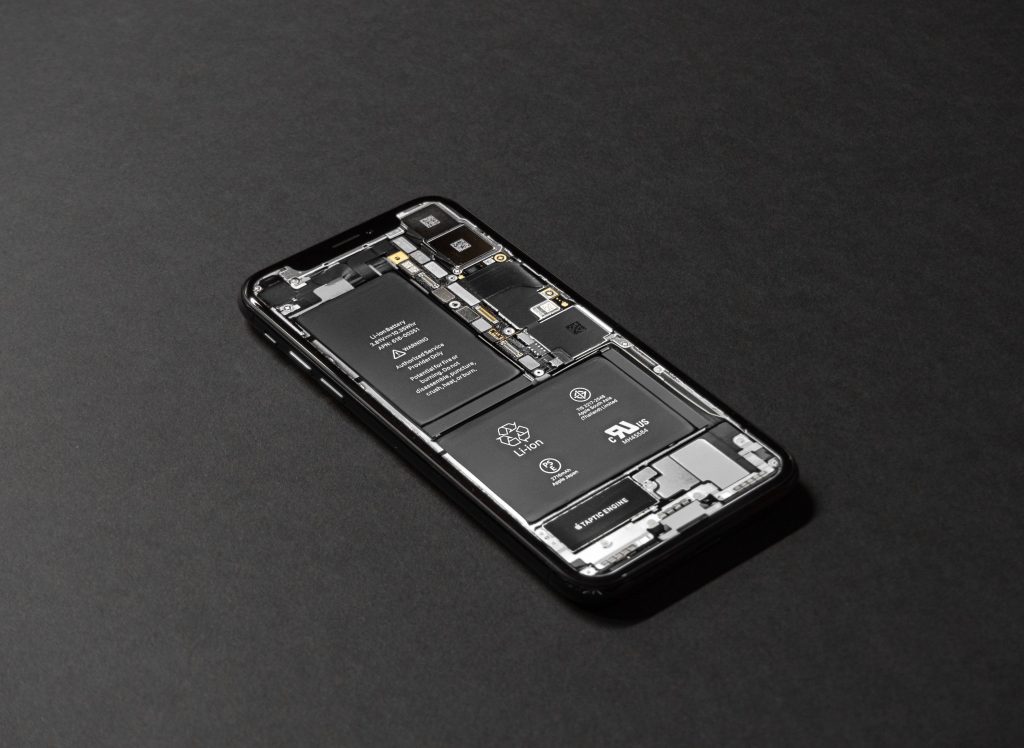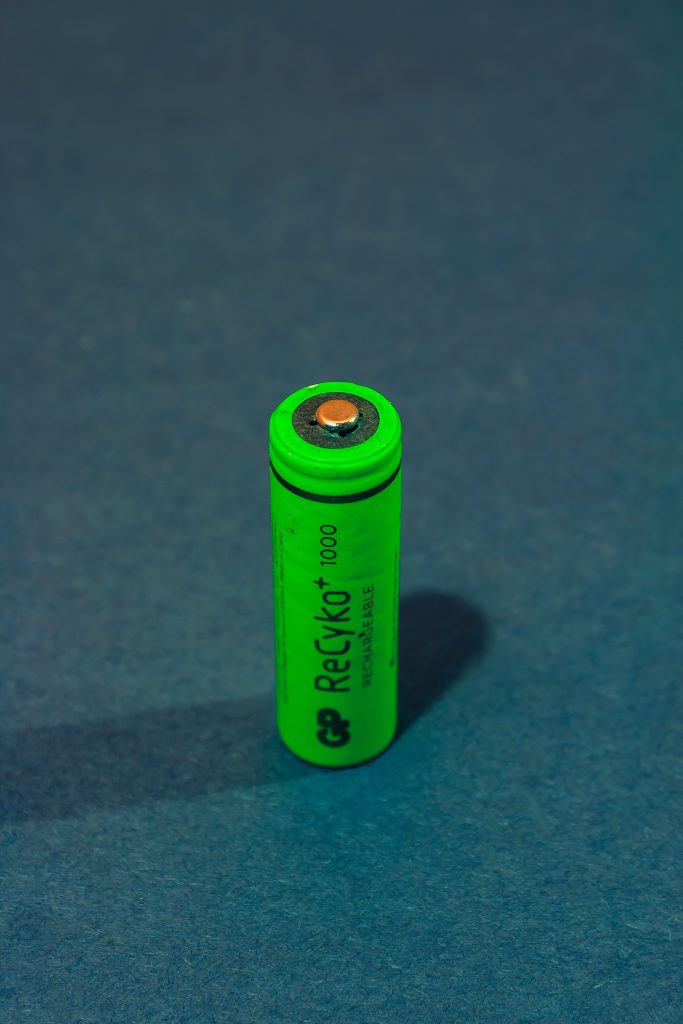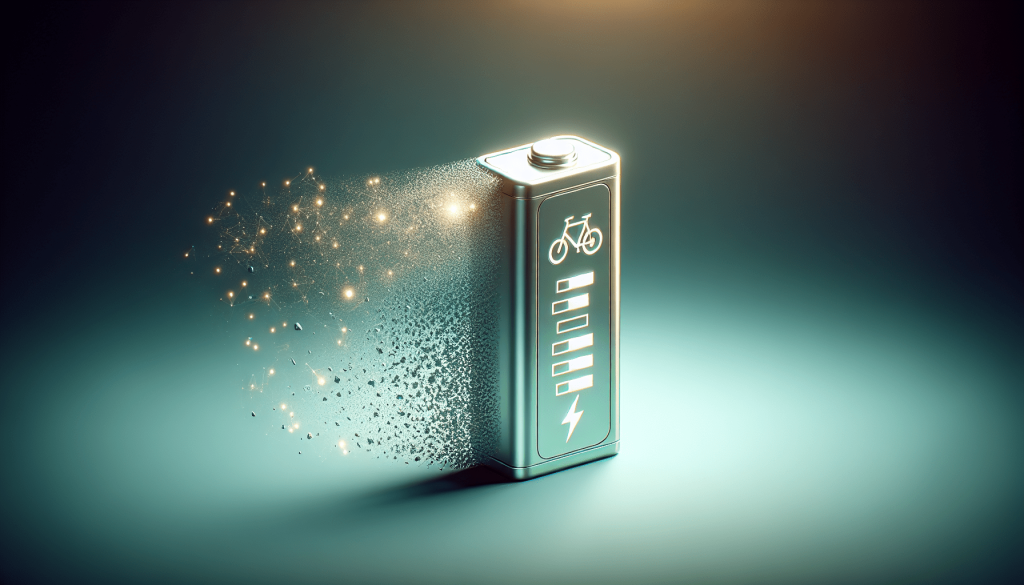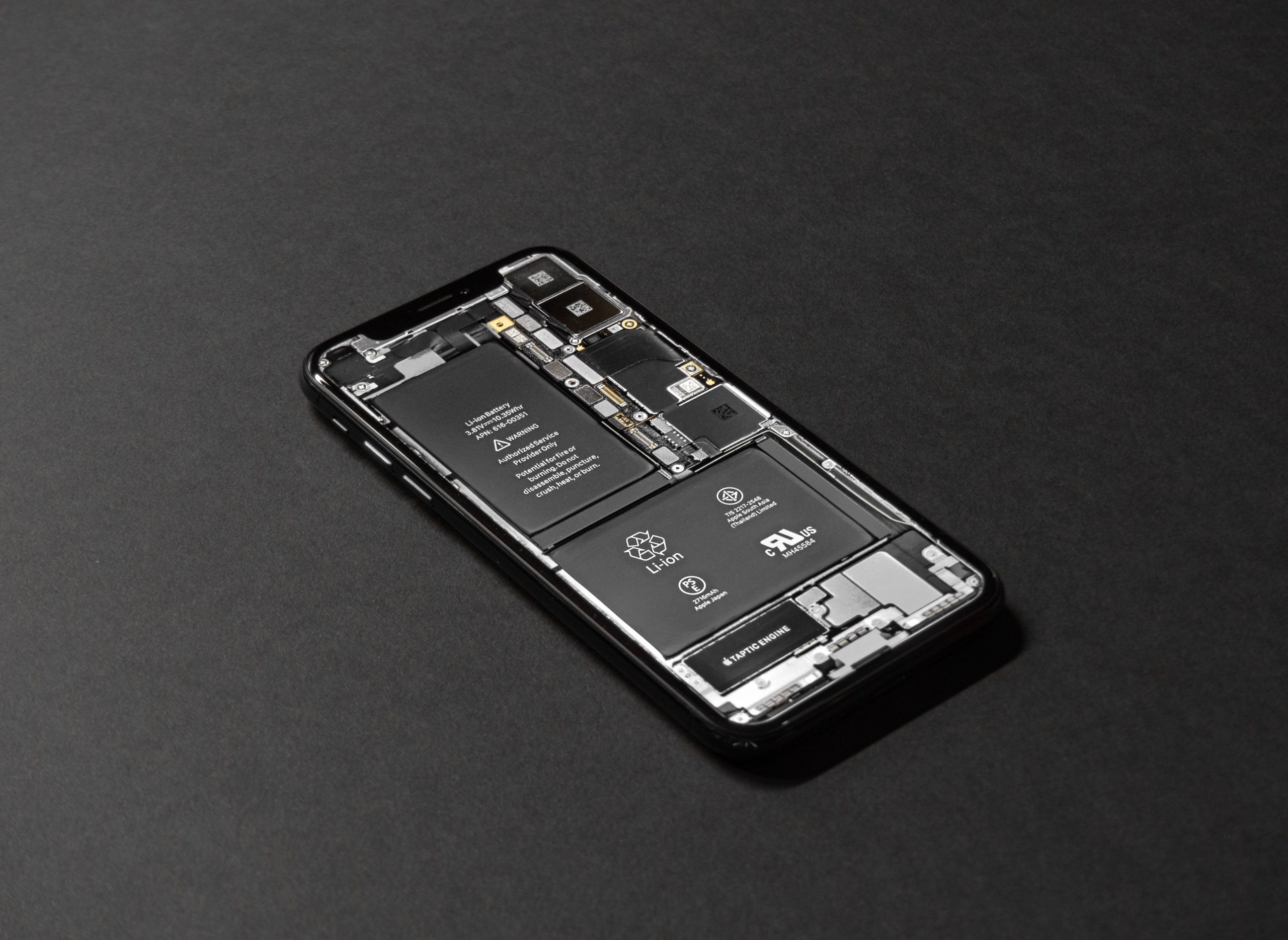Do EBike Batteries Drain When Not In Use?
Imagine this scenario: you’ve just purchased a brand new electric bicycle (or eBike for short), equipped with a high-quality battery. You’re excited about the ease and convenience it will bring to your daily commute, but there’s one lingering question in your mind: do eBike batteries drain when not in use? This intriguing question has become a hot topic among eBike enthusiasts, and in this article, we will explore the answer to this pressing query. So, get ready to uncover the truth about eBike battery drainage and discover how to maximize the lifespan of your battery when your eBike is not in use.
Factors that Affect Battery Drain
Battery Chemistry
The chemistry of a battery plays a crucial role in its overall performance and the rate at which it drains. Different battery chemistries, such as lithium-ion, nickel-metal hydride, and lead-acid, have varying levels of energy storage capabilities and discharge rates. While lithium-ion batteries are known for their high energy density and low self-discharge, lead-acid batteries tend to have higher self-discharge rates and lower energy densities. It’s important to understand the specific chemistry of your battery to assess how it may be affected by factors like temperature and age.
Temperature
Temperature can have a significant impact on battery drain. Extreme temperatures, both hot and cold, can accelerate the rate at which a battery discharges. In colder temperatures, battery performance can diminish, leading to decreased capacity and reduced overall lifespan. On the other hand, heat can increase the self-discharge rate of a battery, causing it to drain faster. It is advisable to store and use your battery within the manufacturer’s recommended temperature range to optimize its performance and longevity.
Battery Age
As batteries age, their ability to hold a charge gradually decreases. This means that even when not in use, older batteries may experience a higher rate of self-discharge compared to newer ones. The chemical reactions that occur within a battery over time lead to a decrease in capacity, resulting in more rapid drain when not in use. Regularly monitoring the age of your battery and considering replacement as needed can help mitigate battery drain.
Standby Mode and Battery Drain
Standby Mode Functionality
Standby mode is a feature commonly found in electronic devices that allows them to conserve power while still being ready for instant use. When a device is in standby mode, it remains operational but consumes significantly less energy compared to active use. This functionality is particularly beneficial for devices with batteries, as it helps reduce unnecessary drain when the device is not actively being used. By utilizing standby mode, you can save energy and prolong the battery life of your device.
Standby Mode Consumption
Although standby mode is designed to minimize power consumption, it does not completely eliminate battery drain. While the drain in standby mode is typically lower than during normal operation, it is still important to be mindful of various factors that may contribute to standby drain. These factors include the efficiency of the device’s standby mode implementation, background processes, notifications, and connectivity settings. Adjusting these settings and regularly updating your device’s software can help optimize standby mode and minimize battery drain.

Battery Management Systems and Idle Drain
Role of Battery Management Systems
Battery Management Systems (BMS) are crucial components in modern batteries that help monitor and control the charging and discharging processes. BMS ensures that the battery operates within safe limits, prevents overcharging, and balances cell voltages to maintain optimal performance. In terms of idle drain, BMS helps regulate the power usage during periods of inactivity, further reducing unnecessary drain. By implementing a robust BMS, battery manufacturers can enhance battery longevity and minimize idle drain.
Idle Drain Reduction Features
Many battery management systems incorporate additional features that specifically target idle drain reduction. These features often include power-saving modes, automatic shutdown after extended periods of inactivity, and optimized power distribution to different components of the device. These idle drain reduction features can vary depending on the specific device and battery technology. It is recommended to explore the capabilities of your device and utilize these features to minimize idle drain and extend battery life.
Battery Storage and Self-Discharge
Self-Discharge in Lithium-ion Batteries
Lithium-ion batteries are widely used in various electronic devices due to their high energy density and low self-discharge rate. However, even lithium-ion batteries can experience self-discharge over time when not in use. Self-discharge occurs due to internal chemical reactions within the battery that slowly drain its stored energy. While the self-discharge rate of lithium-ion batteries is relatively low compared to other chemistries, it is still important to store them properly to minimize any potential energy loss.
Battery Storage Recommendations
To minimize self-discharge and preserve the charge of your battery during storage, certain recommendations should be followed. Firstly, it is advisable to store the battery in a cool and dry place within the manufacturer’s recommended temperature range. Extreme temperatures can accelerate self-discharge, so a stable environment is essential. Additionally, periodically checking the battery charge level and topping it up if necessary can help counteract any minimal self-discharge. By storing your battery correctly and maintaining its charge, you can ensure that it remains ready for use when needed.

Battery Maintenance Practices
Regular Charging
Regular charging and usage play a vital role in maintaining the health and performance of your battery. Leaving a battery unused for extended periods can lead to self-discharge and decreased capacity. It is recommended to charge your battery regularly, even if you are not actively using the device. This helps mitigate self-discharge and ensures that the battery remains in optimal condition.
Avoiding Deep Discharge
Deep discharging a battery, or completely draining it, can negatively impact its overall lifespan and performance. Most batteries, including lithium-ion, are designed to operate within a specific voltage range. Allowing a battery to reach excessively low voltage levels can cause irreversible damage to its cells and reduce its overall capacity. To maximize the longevity of your battery, it is crucial to avoid deep discharge by recharging it before it reaches critically low levels.
Proper Storage
When not using a device or battery for an extended period, proper storage techniques can help maintain its health and prevent unnecessary drain. This includes safely removing the battery from the device if possible, as some devices continue to draw power even when turned off. Additionally, storing the battery in a cool and dry place within the recommended temperature range, as mentioned earlier, will help minimize self-discharge and maintain the battery’s performance.
Battery Longevity and Expected Lifespan
Battery Cycle Life
The cycle life of a battery refers to the number of complete charge and discharge cycles it can go through before its capacity significantly degrades. Battery cycle life can vary depending on multiple factors, such as the battery chemistry, usage patterns, temperature, and maintenance practices. Understanding the expected cycle life of your battery, as specified by the manufacturer, can give you an idea of its lifespan and when a replacement may be necessary.
Factors Affecting Battery Lifespan
Aside from cycle life, several factors can influence the overall lifespan of a battery. As mentioned earlier, temperature plays a crucial role, with extreme temperatures accelerating degradation. In addition, high discharge rates, continuous overcharging, and deep discharging can all contribute to the wear and tear of a battery. Proper maintenance practices, such as charging within recommended voltage ranges and avoiding extreme temperature exposure, can help prolong the lifespan of your battery.
Battery Replacement
At some point, every battery will reach the end of its useful life and require replacement. The exact lifespan of a battery can vary depending on usage patterns, maintenance practices, and other factors mentioned earlier. When you notice a significant reduction in battery performance or capacity, it may be time to consider replacing the battery. It is essential to consult the manufacturer’s recommendations and, if needed, seek professional advice for a smooth and safe battery replacement process.

Battery Technology Advancements
Future Battery Technologies
Battery technology is continuously evolving, and researchers are constantly exploring new materials and designs to enhance energy storage capabilities. Advancements in battery technologies aim to improve energy density, charging speeds, and overall lifespan. Promising developments include solid-state batteries, which offer higher energy densities and improved safety, and flow batteries, known for their potential scalability and long-lasting performance. These future battery technologies hold the promise of even better battery performance and longer lifespans.
Improvements in Energy Density
Energy density refers to the amount of energy a battery can store in relation to its weight and size. Advancements in battery chemistry and design aim to increase energy density, allowing for longer-lasting batteries without compromising size or weight. Higher energy density batteries offer greater capacity, enabling devices to run for extended periods without requiring frequent recharging. As battery energy densities continue to improve, users can expect enhanced performance from their devices and longer battery life.
Battery Management Innovations
Battery management systems are constantly evolving, incorporating innovative technologies to optimize battery performance and reduce drain. These advancements include intelligent power management algorithms, real-time monitoring systems, and improved energy distribution methods within devices. By continuously improving battery management systems, manufacturers can better control and regulate the energy flow of batteries, thereby reducing unnecessary drain and prolonging battery life.
Tips to Minimize Battery Drain
Remove the Battery
If you have a device with a removable battery and know you won’t be using it for an extended period, removing the battery can help prevent any potential drain caused by background processes or power leakage. This is especially relevant if your device has a standby drain issue even when turned off. By removing the battery, you can ensure that no energy is wasted when the device is not in use.
Switch to Standby Mode
As mentioned earlier, utilizing the standby mode feature of your device can significantly reduce battery drain. When you know you won’t be actively using your device for a certain period, it is advisable to switch it to standby mode. This will allow your device to conserve power and maintain its current state, ready for instant use when needed. By using standby mode efficiently, you can prolong the battery life of your device.
Regularly Charge the Battery
To combat self-discharge and maintain the charge level of your battery, it is crucial to regularly charge it, even when not actively using the device. This practice helps counteract any minimal energy loss and ensures that the battery remains in an optimal state. By incorporating regular charging into your battery maintenance routine, you can minimize drain and prolong the overall lifespan of your battery.
Store at Optimal Conditions
When storing your battery or device for extended periods, make sure to follow the manufacturer’s recommendations for storage conditions. This includes keeping the battery in a cool and dry place within the designated temperature range. Storing the battery correctly will help minimize self-discharge and preserve its capacity, reducing unnecessary drain and ensuring that the battery is ready for use when you need it.

Common Myths and Misconceptions
Disconnecting the Battery
One common misconception is that disconnecting the battery entirely will prevent any drain. While removing the battery will eliminate power draw from the device itself, it may not account for additional factors such as self-discharge or power leakage in certain devices. In devices without removable batteries, disconnecting it may not be feasible or necessary. It is essential to consider the specific characteristics of your device and battery before deciding whether to disconnect the battery.
Charge Memory Effect
Another common myth is the existence of the charge memory effect in modern batteries. This effect, often associated with older nickel-cadmium batteries, suggests that batteries have a memory and should be fully discharged before recharging to maintain their capacity. However, this misconception is not applicable to most modern battery chemistries, including lithium-ion. In fact, regularly fully discharging a lithium-ion battery can be detrimental to its overall lifespan. It is advisable to consult the manufacturer’s guidelines for the recommended charging practices specific to your battery.
Power-Saving Modes
Some users believe that activating power-saving modes on their devices will completely eliminate battery drain when not in use. While power-saving modes can significantly reduce power consumption and extend battery life, they do not completely eliminate drain. Certain background processes, connectivity settings, and notifications may still have a minor impact on battery consumption, even in power-saving modes. It is important to be aware of these limitations and use power-saving modes in conjunction with other battery-saving practices to minimize drain effectively.
Conclusion
Battery drain when not in use is influenced by various factors, including battery chemistry, temperature, and age. Standby mode, proper battery management, and storage practices can help minimize drain and prolong battery life. Regular charging and avoiding deep discharge are essential maintenance practices to ensure optimal battery performance. Advancements in battery technology, such as improved energy density and battery management systems, continue to enhance battery longevity. By implementing effective battery-saving tips and dispelling common myths, users can maximize the lifespan and performance of their batteries.








